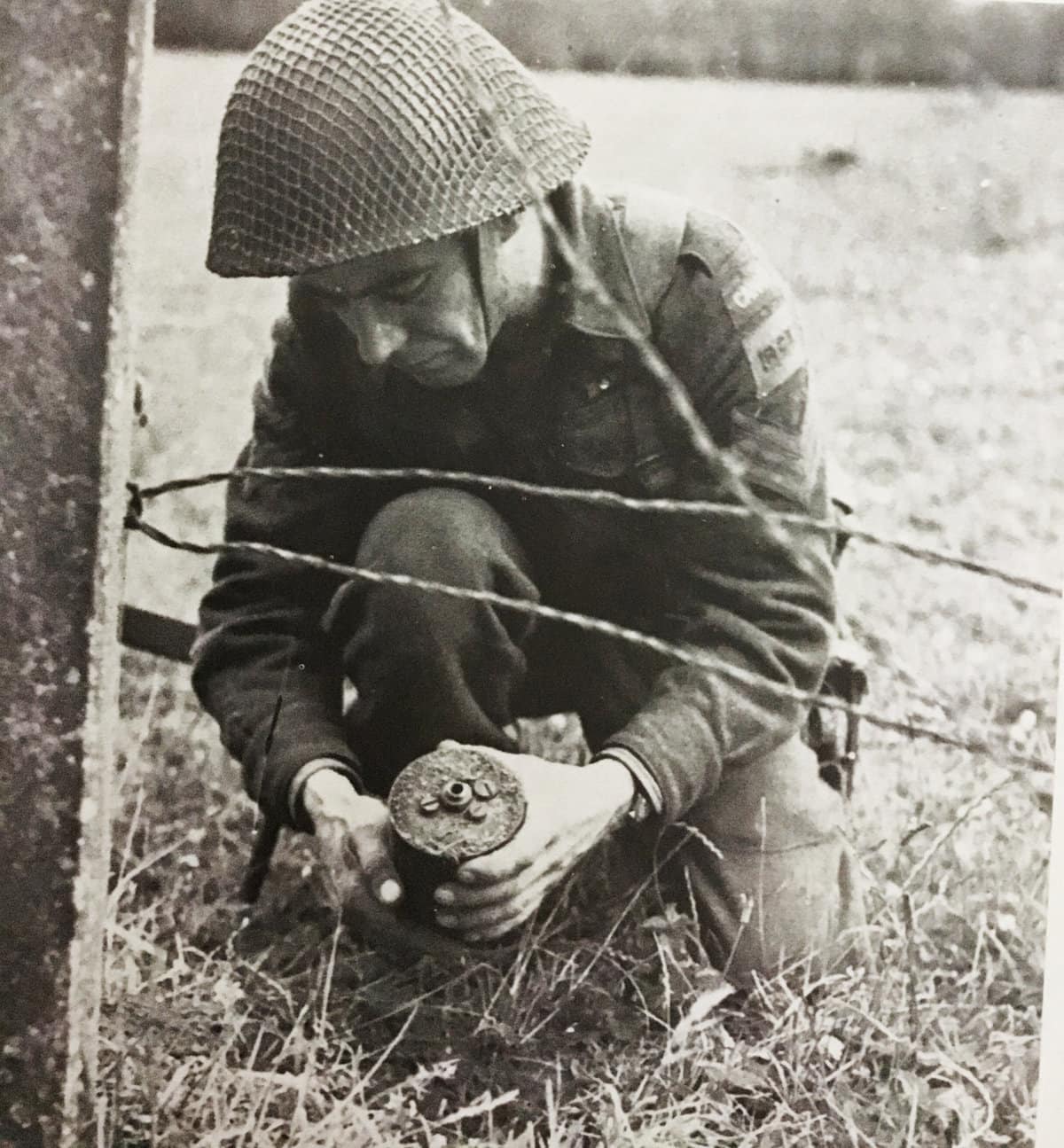More than 45,000 Canadian men died in service during the Second World War.
When a member of Canada’s armed forces died in service there were often consequences beyond grief for the survivors. We often fail to think of the economic impact on some families brought on by the death.
Without a social safety net, the death of husband supporting a young family or a son who contributed to family finances could reduce his surviving family to poverty.
This was the situation that his parents found themselves in when Richard Selwyn Lewis was killed in action in 1944.
Richard was born in Wales in 1913 and emigrated to Niagara-on-the-Lake with his parents Henry and Ellen, and sister Beryl, in 1929.
His father found work as a gardener and caretaker but the pay for such work was low.
Richard left school to work at odd jobs in town to help his family.
For a little over a year, he was a chauffeur and then left this job to work as a stoker for Canada Steamship Lines. After eight months on the lakes, he landed a job as a miner in Timmins.
Then the war intervened.
He joined the Algonquin Regiment as a part-time militiaman on March 10, 1941, and while training at Camp Niagara he enlisted in the Canadian Active Service Force on July 2.
As a sapper of the 8th Field Company of the Royal Canadian Engineers, he was sent to Toronto, St. Hyacinthe, Que., and Camp Petawawa in Ontario for training.
In June 1942, Sapper Lewis was shipped to the United Kingdom where his training continued. He received extra pay when he was promoted to lance corporal on Dec. 1, 1943, and corporal on March 20, 1944.
In the meantime, his parents in Niagara-on-the-Lake were in dire circumstances. Henry was unable to earn enough gardening. He joined the Veterans Guard, a unit that provided security on the Welland Canal, but the pay for this was poor.
The family was forced to leave Niagara and move to Wellington, Ont., living with their daughter Beryl and son-in-law Ronald Way.
Way was the historian who provided the research for the reconstruction of Fort George, Fort Erie, Fort Henry and other historic sites.
In England, Richard’s training became more intense as the invasion of Normandy approached.
On June 18, 1944, Corporal Lewis and his company landed in France and began to move toward Caen.
Their role was to clear German mines, repair roads build bridges and perform other tasks to clear the way for the Allied advance
On Aug. 16, 1944, Lewis’s company was busy clearing the roadways through the heavily bombarded city of Caen.
From a distance, the Germans lobbed artillery shells into the area where the men were working. Lewis was mortally wounded.
Initially listed as missing, he was found lying in the rubble of the destroyed town. He died later that day.
Richard left his mother his estate of $264.81. His mother was also informed that she would receive his War Service Gratuity of $592.75.
However, the government has always moved slowly and the money was not immediately sent to his grieving mother. She desperately needed that money.
On June 16, 1945, she wrote an appeal to the government:
“It is now over ten months since my son who in his civilian life contributed heavily towards his home, gave his life voluntarily for this country of yours …
At present & for months past I am in dire need of this money, having had a very serious illness & have no means whatsoever, only the charity of a son-in-law who can ill afford to keep me.
Canada did not hesitate to take our son’s life blood, but it cares very little what becomes of the ones dependent on those gallant sons.”
Within two months the cheque was sent.
Richard Lewis is buried in the Canadian Military Cemetery at Beny-sur-Mer in Calvados, France.










